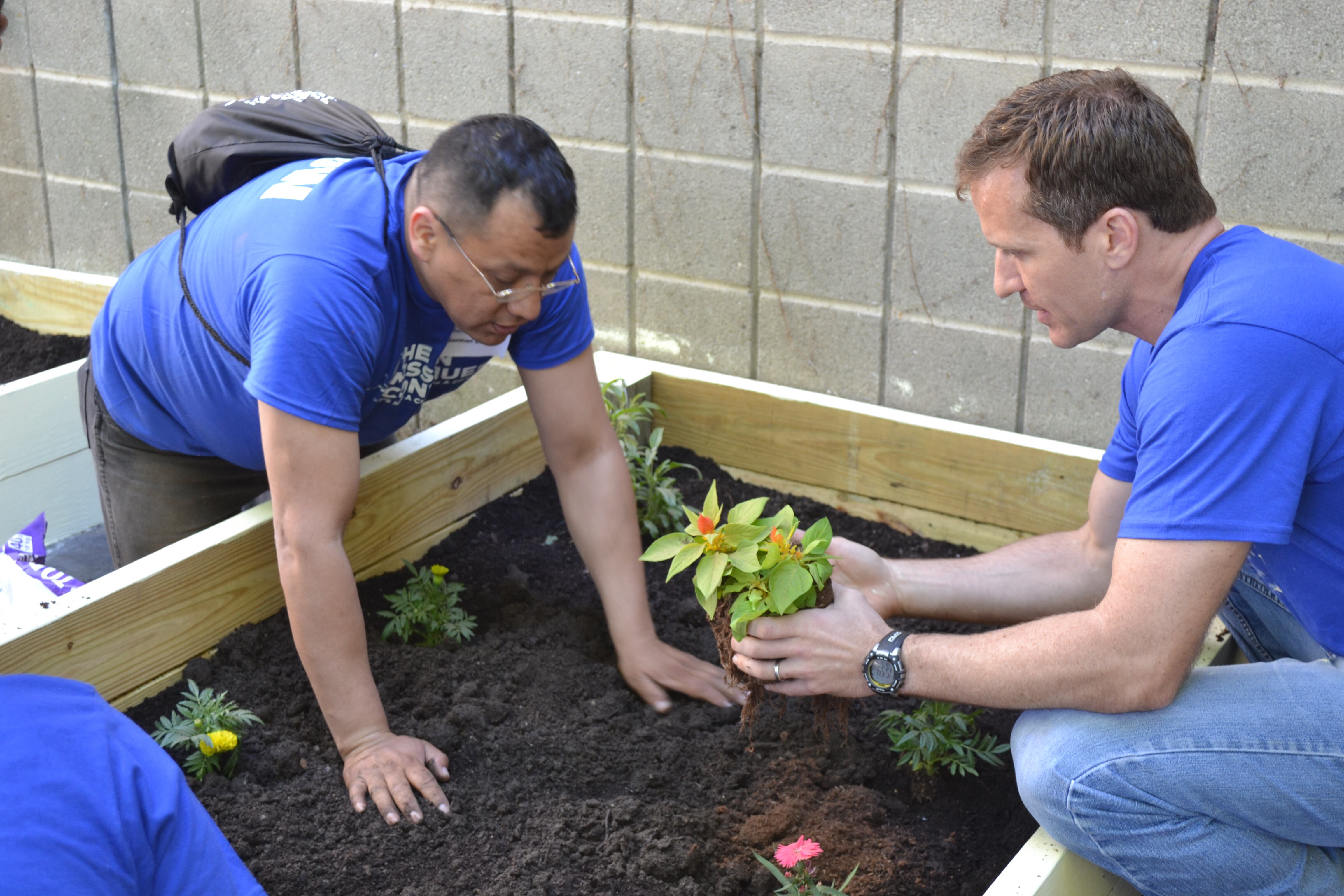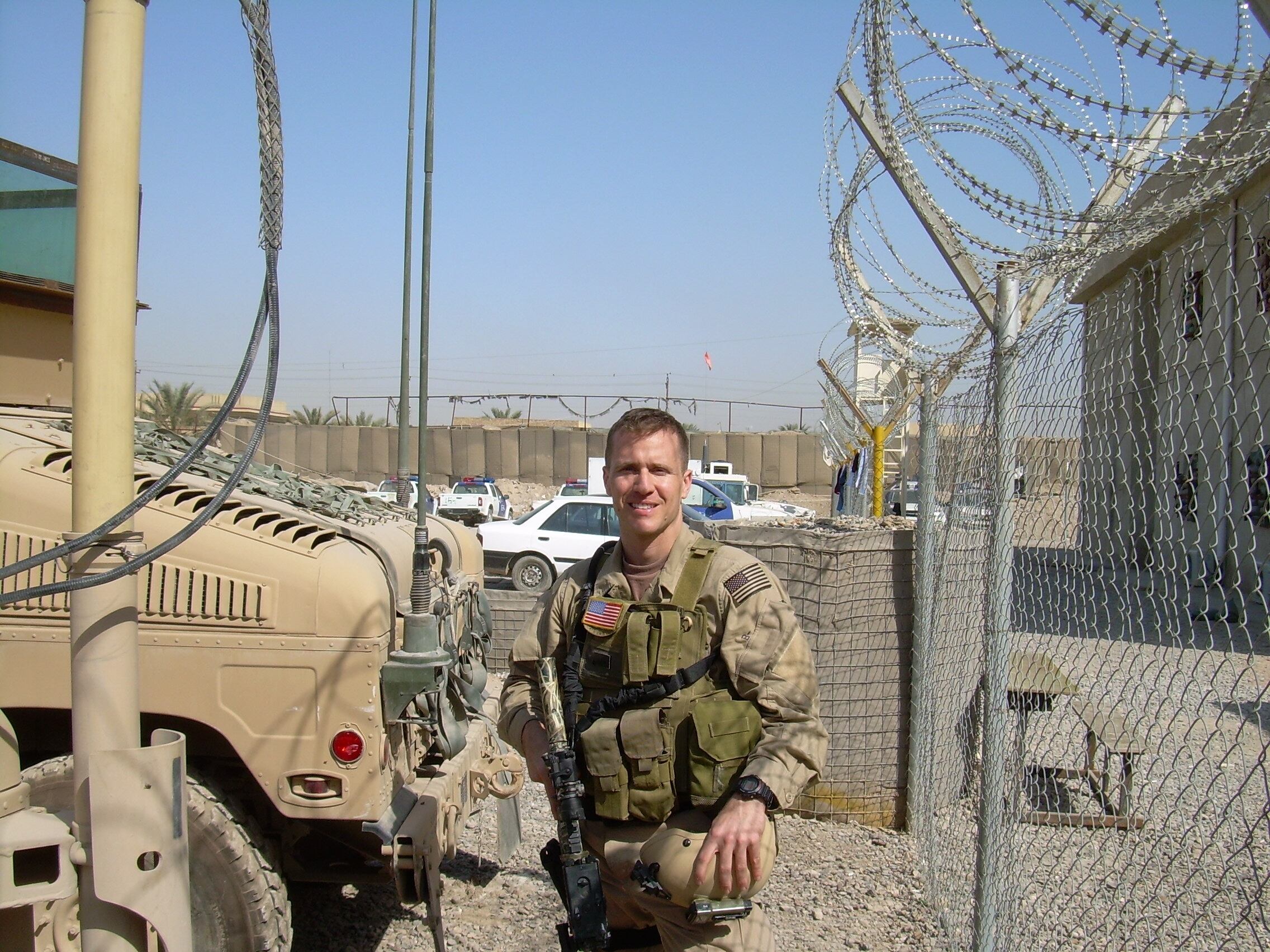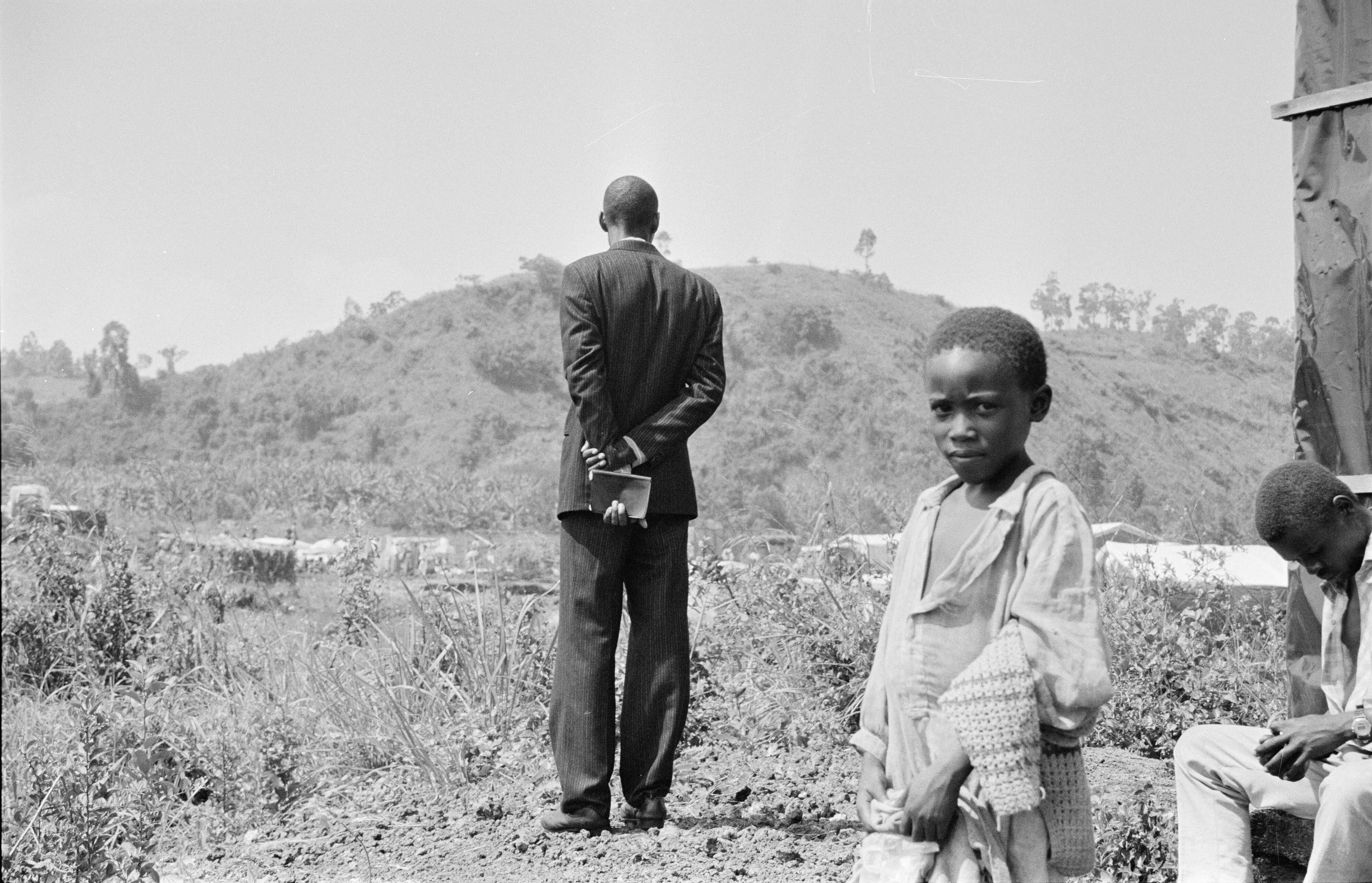Eric Greitens' new book was born out of a cry in the dark.
When the Navy Reserve SEAL lieutenant commander and best-selling author received a call in 2012 from a longtime friend and fellow SEAL who was suffering from PTSD, addiction issues and a failing sense of purpose and meaning, the two began talking and writing nearly every day. Out of the correspondence came "Resilience: Hard-Won Wisdom for Living a Better Life."
By anyone's reckoning, Greitens, 40, has had an astonishing range of experiences and accomplishments. The Missourian studied ethics, philosophy and public policy at Duke University and was a Rhodes and Truman scholar at Oxford University in England. He later did research and documentary photography in Rwanda, Albania, Mexico, India, Croatia, Bolivia and Cambodia. The experience played a part in his decision to join the Navy and become a SEAL.
After leaving active-duty in 2007, Greitens and several friends formed The Mission Continues, an organization that provides veterans with opportunities for continued service on the home front, easing their transition and providing continued sense of purpose.
Q. After education at Oxford and humanitarian work, why did you want to join the SEALs?
A. There were three reasons. I worked with Bosnian refugees, I worked with survivors of the Rwanda genocide and with kids who had lost limbs to land mines in Cambodia, and I realized that the world required people to respond with compassion, but it also needed courageous warriors who served a purpose larger than themselves. That was one of the things that led my to think about the military. I also, at 26, wanted to serve my country. Both of my grandfathers had served in World War II.
I remember I was on the Oxford campus at Rhodes House, and I looked up into the rotunda and the names of scholars were etched into the marble. It turned out that those were the names of scholars who had left school during WWI and WWII and had fought and died overseas. I remember thinking if they hadn't made that decision, I wouldn't be here looking up at them. I wanted to serve my country. I wanted to give something back. And the appeal of the SEAL teams, specifically, was that I was really attracted to the tests of the training. Even though I was 26, I still harbored 16-year-old desires to jump out of planes, SCUBA dive, use explosives, and all of that fun stuff.
Q. The book was inspired by your conversations with Zach Walker, a fellow SEAL. But you've been blown up, you've had injuries, and you've lost people and grieved. In a lot of ways, that could have been you. How did you deal with the issues vets face after being in a war zone and coming home?
A. What's really important for veterans returning home is, you want to rebuild a sense of purpose and you want to rebuild a sense of team. When I came home from Iraq, I was fortunate. My team had been hit by a suicide truck bomb. My injuries were minor. I was taken to the Fallujah Surgical Hospital, and I was able to return to duty 72 hours later. But a lot of my friends were hurt far worse than I was. I donated my combat pay from Iraq, two friends put in money from their disability checks and we used that to start The Mission Continues. My own sense of purpose actually grew through serving my fellow veterans as they came home. I knew these men and women were going to be incredible assets to our country. I knew how much they still had to offer and I wanted to help all of them find ways to live productive, purposeful and meaningful lives here again at home. So for me the work of The Mission Continues really helped me to build my own sense of purpose and sense of team as well.

The Mission Continues eases returning vets' transition by providing opportunities for continued service, so they can succeed with the same sense of purpose in the civilian world.
Photo Credit: Courtesy of Eric Greitens
Q. It is a great organization. And it still seems to be going strong?
A. Oh, it's going incredibly strong. The Mission Continues now has thousands of veterans whom we've served through our fellowship program around the country, thousands of veterans who are part of our Service Platoon program, and we're really getting the message out that the legacy of this generation of veterans can be both that we served with honor overseas and that we've come home and we're building stronger communities here at home.
Q. So your book is about resilience. What is resilience?
A. Resilience, quite simply, is the virtue that enables people to move through hardship and to become better. Everybody has to deal with pain in their lives, everybody has to deal with fear, people have to deal with suffering. But when you build resilience in your life, you find that confronting fear helps you to build courage. You move through pain and you become wiser, you move through suffering and you actually become stronger on the other side. That's really what the virtue of resilience is about. And we can all build resilience in our lives.
Q. People deal with pain and hardship. Some become stronger, others are defeated by it. What makes the difference?
A. If you find ways to build this virtue in yourself, you'll find that you can confront hardship, difficulty, pain and actually become better as a result. Now to do that — and I think that this what people appreciate about the book — is hard, but it's absolutely possible for everyone to do. In the book I'm talking to my friend about how he can do this in a really practical way. So we talk, for example, about how, when everything feels like it's totally out of control, you start to take responsibility and gain control over things in your life. We talk about how you use mental toughness techniques to confront fear and achieve excellence. We talk about how you use models and mentors to help you through pain and difficulty. We also talk about how everyone can build a sense of purpose in their lives and how that actually helps us all to become more resilient.
Q. The word compassion keeps coming up in your book. How does that play a part in resilience?
A. One of the greatest lessons I got when I joined the military came from a Marine. He told me that the guy at the back of your platoon might not understand every detail of your operation, he might not have read or understand all the intelligence you've been given, he may not have been briefed on the larger strategic picture, but he knows whether or not you care about him.
Courage and compassion are two essential virtues for living well and for leading well. And what you find is that having compassion for others and wanting to make a difference in their lives can actually make you stronger. We all know we've been stronger in the military because of the teams we have around us. When we care in our own lives here at home, care about our families and our communities, those commitments, those compassionate commitments actually give us opportunities to grow and to become stronger and to build a sense of purpose. And it all comes back, at the end of the day, to that virtue of compassion, really caring about others and being willing to be courageous and to serve them even when doing so is difficult.

Eric Greitens, seen here in Iraq, joined the Navy in January 2001 and became a Navy SEAL. He is now a Reserve lieutenant commander with Expeditionary Strike Group 7's unit in St. Louis.
Photo Credit: Courtesy of Eric Greitens
Q. How did your experiences as a SEAL figure into this book?
A. Well, it takes a lot of resilience to make it through the SEAL team training, and I took a lot of really practical pieces from the SEAL team training that we learned and applied them to our lives here at home. Some of those are the mental toughness techniques: how you do mental rehearsal when you are worried about difficulty that is in front of you; how you segment hard things and break them down into very small and attackable pieces; how you master your own self talk; how you can breathe in the right ways to actually gain control over your own body; how you can write your fears down so you can gain control of them. All of those are things we pull into the book. You can take these tactics, techniques and tools that are used in SEAL team training and figure out how you can apply them to the life you're living today, how these tactics, techniques and tools can help you in the civilian world.
Q. The whole idea of envisioning hardship and how you would deal with it, how do you develop that ability?
A. What's interesting is, this is an old technique. The Stoics, 2,000 years ago, called this "the premeditation of evils." What they recognized is that people are going to worry. Now in our culture today, we always tell people, 'Oh, don't worry, don't worry, everything's going to be fine.' And that's really bad advice, because people are going to worry. Now you're telling them 'Don't worry' and they are going to worry about the fact that they're worrying.
What the Stoics did is, they said, 'You're going to worry about what happens. What you should do is find a way to worry productively.' So you purposely envision things that might go wrong, and then you envision, 'How would I react to them? What would I do if this happened.' Seneca, the great Stoic philosopher, said people are overcome when they're ambushed by events; we're always better able to deal with hardship when we've prepared for it. So by preparing for things ahead of time, they actually made themselves mentally stronger. And building these techniques, building a stronger and more resilient mind and spirit is not something that works if you do it just once, right? It's like exercise. If you only exercise once, you are not going to build a stronger body, but when you do these things repeatedly, you'll find you build the mental strength and, in many ways, the spiritual strength, to deal with pain, difficulty and hardship when it hits you in your life.

This photo of a young boy was taken by Eric Greitens during a humanitarian mission in Rwanda, after the genocide there.
Photo Credit: Courtesy of Eric Greitens
Q. You had all these experiences, like working with kids in Rwanda after the genocide. What did you learn about resilience from them?
A. Oh, a tremendous amount. When I was in Bosnia I was working with refugees. One of the things I noticed in the refugee camps — where people had lost every material possession they had ever owned, and many of them had lost friends and lost family — was that people who were often doing the best were parents and grandparents who had really young kids. They knew they had to wake up every day and be strong for someone else. The people who were struggling the most, they were the older teenagers, they were the younger adults. They felt like their life had been cut short, but they didn't yet feel like there was anyone who was counting on them, they weren't serving anything larger than themselves. So it was there that I first saw that, even though you are in a tremendous amount of pain, knowing that there is someone else you have to serve, knowing that there is a purpose larger than yourself, helps you to make it through hardship.
In Cambodia I was working with kids who had lost limbs to land mines, kids who were survivors of polio. And you think about it, most of their families lived on less than one dollar a day, an incredibly difficult circumstance. But what they often did for a lot of these young girls was to make sure they had a mentor, a role model in the community, who was often a woman who had been disabled herself but had now attained a position of respect in the community. The reason that is so important is that when people are in pain, they often turn inward, and they look just at themselves and they're dealing with this pain. Often, what you need to do is look up and actually look for a model. Because there are thousands of people who have lived painful, difficult experiences that are similar to yours and have found a way to make it through. When you find a good role model, that helps you to see how you can put all the pieces of your own life together. And that is one of the key things to make people stronger and more resilient.
Q. This book came out of your discussions with Zach, but who did you have in mind when you wrote it?
A. This is a book for anybody how has had enough life experience to know that life can be tough. It's also a book for those people who are wise enough to know that out of those tough times, can come growth, can come joy, if we have the virtue of resilience. That's who this book is really for.




